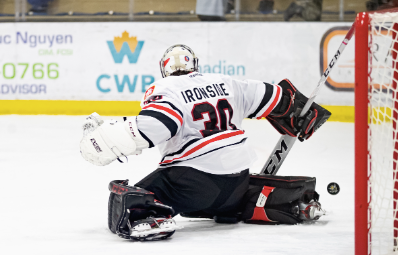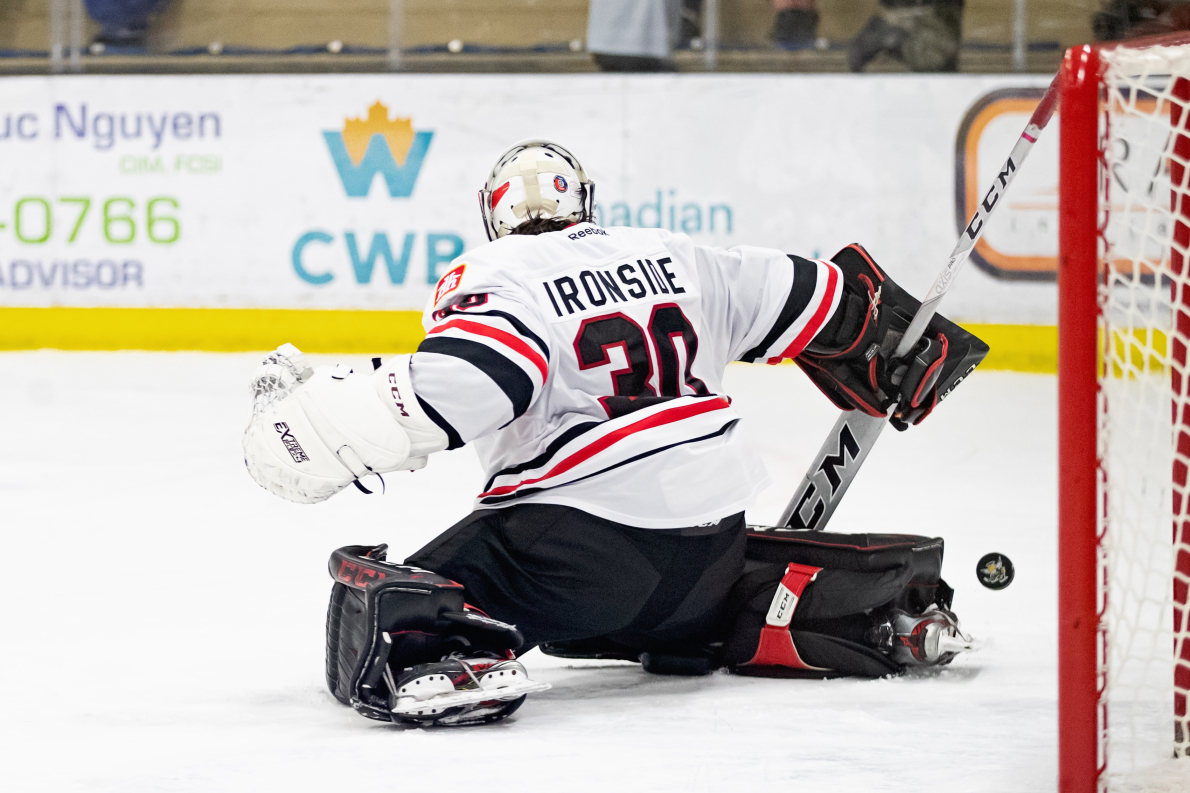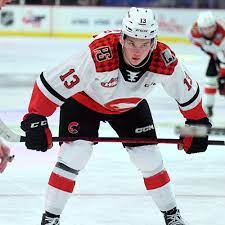In-Season Training Strategies For Hockey Players

This particular article is geared towards 15U, 18U, and Junior/College Hockey Players.
1. Prioritize Performance
This is two-fold. On one hand, we need to ensure we are striking a balance between doing enough work to maintain the athlete’s strength and power, but on the flip side, not too much where we are sapping it. We need to be mindful of what each training session will do in the short-term (ie: we want the athlete to feel fresh and able to display their power each game day).
It’s imperative we are doing enough work to feel strong and explosive each week, and even more importantly at the end of the season.
I see so many athletes put in so much work all summer to only stop training come the season. If you want to be playing your best hockey come playoff time, you need to feel strong and powerful at that time!

2. Fill In The Gaps
Hockey players are on the ice a lot in-season. As strength coaches, we must be mindful of the demands of their sport and understand both the fatigue they are dealing with, and what qualities are being trained organically by competing and practicing?
Generally, our hockey players don’t sprint, nor do any conditioning work in-season with us. Why?
Their competitive schedule and practice schedule (should) take care of maintaining those qualities, and if we were to train them it would be overkill.
We want to minimize speed and power work from a training standpoint in order to avoid over-taxing the central nervous system. Remember, training should be to support and enhance performance in-season. It cannot detract from it, both acutely and chronically!
On the conditioning side, they get enough specific conditioning work through simply playing their sport (and practicing). It’s the same reason we wouldn’t do cardio with basketball players in-season. They’re already doing it enough.
So what do our hockey players do, then?
For me, there are two big pillars we need to take care of on our end of things:
1) Strength
2) Hip mobility/Stability
We want to maintain their strength which will allow them to maintain their power and explosiveness throughout a long season.

3. Play For The Tie When It Comes to Hip Mobility!
The repetitive nature of skating generally leads to some fairly significant postural adaptations to the lumbopelvic region, which can have some potential adverse affects down the road leading to overuse injuries. It’s very common for hockey players to present with hip internal rotation deficits, extremely fibrotic, and stiff adductors, heavily extended lumbar spines, and poor psoas recruitment.
They’re skating all the time, and so it’s imperative we work to maintain their range of motion in order to help keep them strong, powerful, and healthy. In the off-season we really work to move the needle to improve the aforementioned issues, but in-season you’re winning if you tie. This simply means, you’re doing a really good job if you’re able to maintain their existing range of motion.
A couple years ago I wrote a much more in-depth post on the common issues hockey players can face. Check it out if you want to learn more
4. Avoid Creating Soreness
All athletes tend to get scared to lift in-season because they don’t want to be sore on game day (and rightly so). In general, the two biggest factors that lead to muscle soreness are: novelty, and slow eccentrics.
Therefore, the best strategy, when it comes to trying to avoid getting sore, is to simply build up some serious work capacity in the summer and then don’t stop training (but obviously reduce it).
Failing that, it’s never too late to start doing the right thing. Just start conservatively and build things back up gradually.
Additionally, exercise selection plays a major role in avoiding creating soreness. For example, we’ll program step ups in place of bulgarian split squats, and trap bar deadlifts in place of squats (as just a couple). These exercises don’t have nearly the eccentric component as the others and so we can still get strong without worrying about getting sore.
5. This Year Matters, But Keep An Eye on Long-Term Development
This is similar to the first point. As a young athlete, if you want to pass people by in your career, the season is a tremendous opportunity to do so.
In my experience, the majority of hockey players don’t train enough in-season, and so you can capitalize on the chance to out-work your peers six months a year, every year. Down the road, that development time can really have the potential to accrue positively.
“Success seems largely to be a matter of hanging on when all others have let go.”
